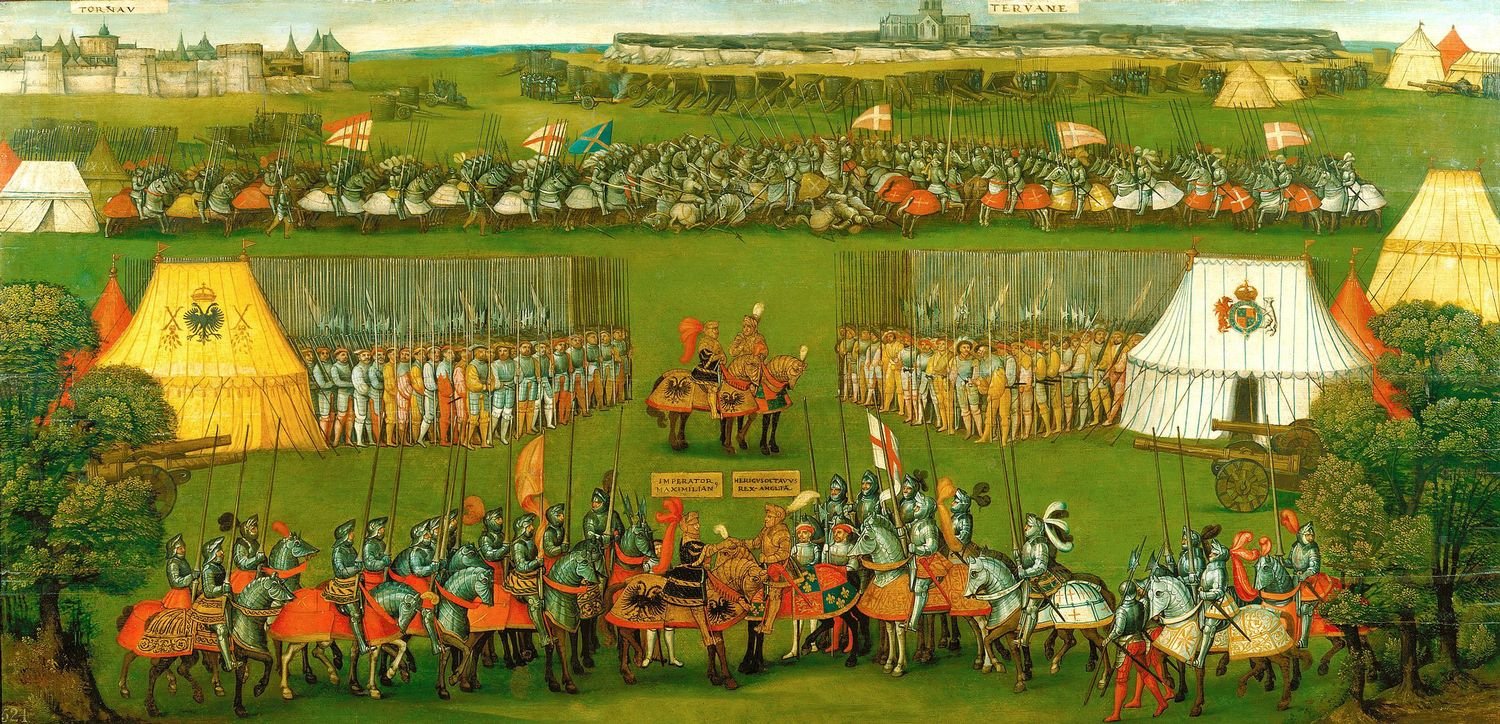
European Armour in the Royal Collection
An introduction to European armour in the Royal Collection.
A Knight, Death and the Devil
1513RCIN 800104
In 1498, Dürer made a drawing of a mounted knight and wrote above it, 'This is the armour worn in Germany at this time.' Fifteen years later, that study was among the sources for this engraving, which features a rider in remarkably similar costume and stance. The armour here therefore has its roots in life, offering a remarkable suggestion of Gothic design and wear. The pauldrons (shoulder defences) are decorated with distinctive fluting, in the style of the armour of the reigning German Emperor, Maximilian I (1459–1519).
From the moment of publication, Dürer's engraving was the object of intense interest. The sixteenth-century art historian Giorgio Vasari interpreted the Gothic figure as ‘Human Strength’, commenting on the 'lustre of the arms' with which the knight is equipped. By the nineteenth century it was suggested that the print illustrated Erasmus’s influential text, The Handbook of a Christian Knight (1503), which urged Christians to act as soldiers, combating temptation with faith.







